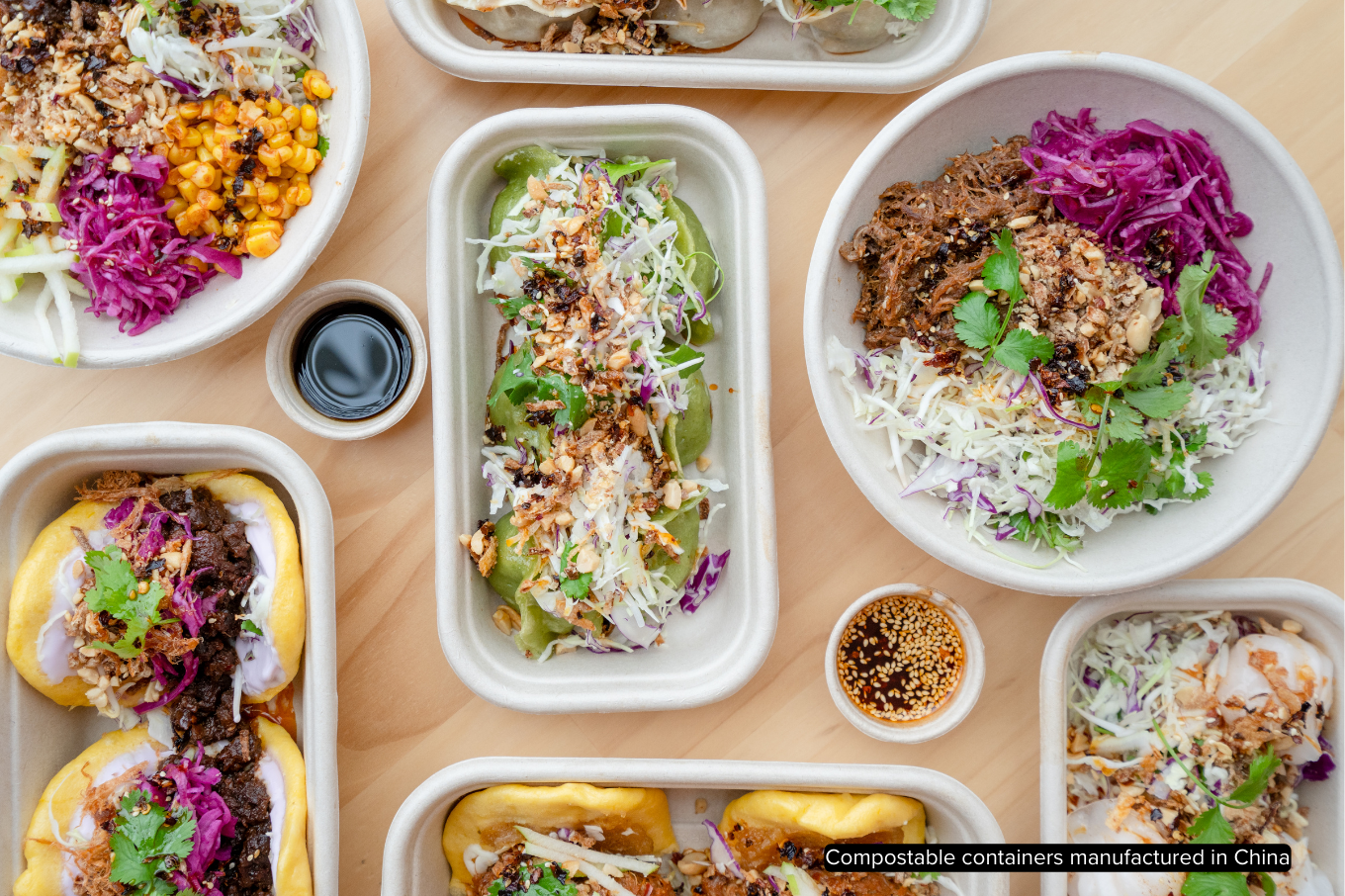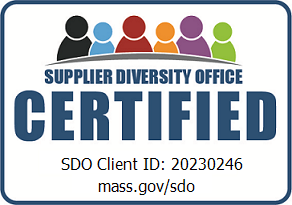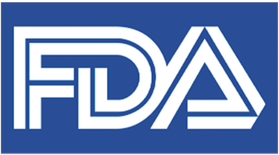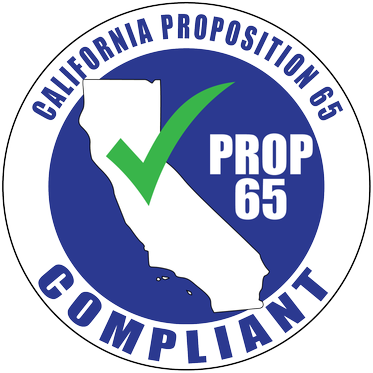College dining teams are bracing for financial challenges, particularly when it comes to the cost of takeout packaging. The Plastics Industry Association reports feeling “deeply concerned” regarding disruptions to the packaging supply chain. Experts expect new tariffs set for 2025 to significantly impact the price of single-use packaging products—whether plastic or compostable. The current landscape leaves campus teams preparing for fall semester without knowing how far their budget can take them.
The Asia Pacific region dominates the production of single-use plastics and bioplastic packaging. The entire region has been heavily tariffed, particularly countries like China, Thailand, and India.
Even domestically produced single-use containers are not immune to tariffs. U.S. manufacturers often rely on imported feedstocks. That means that even when packaging is manufactured in the U.S., the raw materials often come from overseas. Thus, tariffs will still apply and push prices up across the board.
Manufacturers sourcing materials internationally face an immediate cost increase. According to one estimate, cost increases for manufacturers relying on imported raw plastic materials could range from 12 to 20%.
Beyond just the raw materials for packaging, tariffs can also increase the cost of imported components and equipment, further pressuring profit margins for manufacturers and suppliers, and increasing costs for campus buyers.
For campus dining facilities, tariffs translate directly to price hikes on takeout packaging, including single-use plastics and compostables. In addition to day-to-day considerations, dining operators now have new concerns on their plate: that trade wars will hike food and packaging costs, add uncertainty to product availability, and push up prices for students.
For dining teams budgeting in this increasingly volatile market, there is a need for price certainty. That’s where USEFULL comes in.
How USEFULL makes takeout packaging affordable
USEFULL provides a campus takeout solution for a stable monthly fee unaffected by tariff increases. The program is designed to help schools avoid price fluctuations and gain budget predictability.
The University of Southern California and Emory University have saved 43% and 48%, respectively, off of their previous single-use packaging costs since switching to USEFULL.
Now, as single-use container prices begin to rise, their takeout expenses are locked-in at a flat, affordable rate they can count on.
Our stainless steel reuse model often provides significant cost savings compared to compostables or single-use plastic containers, with the bottom-line benefit of dependable, locked-in monthly pricing.
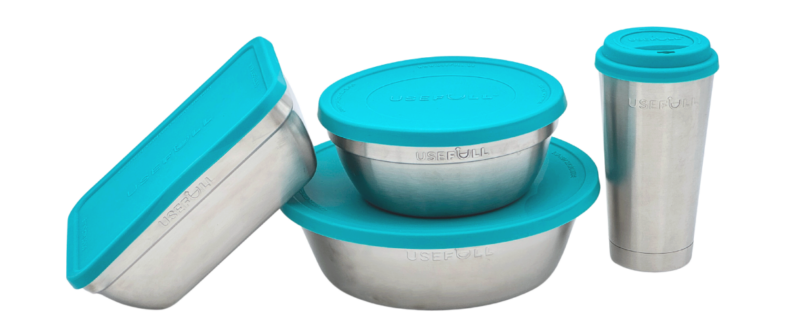
In a market where certainty is more valuable than ever, USEFULL offers a predictable, cost-effective solution to the rising expense of traditional single-use takeout containers.
That means no surprises, no reorders, and no escalating packaging costs.
Looking to avoid rising takeout packaging costs? Get in touch.
